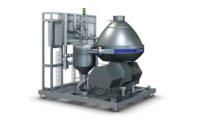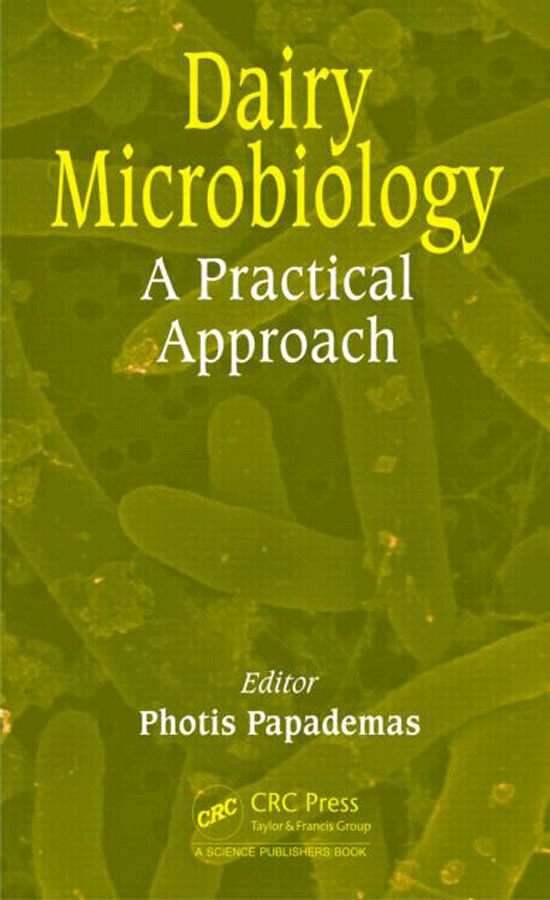Here’s to a boring and successful appropriations process
Last year was mercifully dull on the budget front, and it looks like FY2021 could, thankfully, be a repeat performance

Boring is good — at least when it comes to the federal appropriations process that is about to begin anew for fiscal year (FY) 2021. When an appropriations bill makes it into the headlines, it usually means trouble.
Despite some early headline-grabbing debate over the FY2020 appropriations bills, the discussions eventually settled down; all of the funding bills were passed, and the dairy industry’s appropriations agenda benefited. As we head into the FY2021 appropriations cycle, will it be boring and successful or exciting and unpredictable?
A recap of last year
First, it is worth revisiting what happened last year and why. For the first time in four years, Congress passed all its appropriations bills in the same calendar year they began.
On Dec. 20, 2019, the president signed into law all 12 appropriations bills for FY2020, including all three of the International Dairy Foods Association’s (IDFA) priority issues. IDFA’s advocacy ensured there would be another $1.5 million for ice cream waste solutions research at USDA’s Agricultural Research Service. The FDA office responsible for modernizing dairy’s 97 standards of identity received an increase in funding to speed its work.
Additionally, FY2020 appropriations included first-ever funding for the Supplemental Nutrition Assistance Program (SNAP) pilot program designed to incentive fluid milk purchases for SNAP recipients, a program authorized in the 2018 Farm Bill. The program, the Healthy Fluid Milk Incentives Projects program, received the $1 million needed to launch the initiative.
What happened in FY2020 was certainly positive for dairy, but why did it happen? Allies: The success of IDFA’s appropriations agenda had much to do with the work of strong dairy champions in Congress, active IDFA member engagement and a government funding framework built for successful completion of appropriations bills.
First and foremost, over 10 members of Congress on the House and Senate Appropriations Committees from dairy districts and states across the country made dairy a priority. This prioritization does not happen without effective communication of dairy’s needs. By educating key members of Congress during IDFA’s February 2019 fly-in, leaders from IDFA member companies made a lasting impression on many of those with the “power of the purse.”
Finally, the Bipartisan Budget Agreement of 2019 (H.R. 3877) set the topline spending levels for federal discretionary spending — the funding controlled by the appropriations bills — for both FY2020 and FY2021. Having an agreed-on threshold that leaders from both parties supported meant that appropriators could get to work writing their bills.
There were certainly battles over a few high-profile policy issues, but at the end of the day, there was bipartisan resolve to get the bills done to avoid costly shutdowns and continuing resolutions, which prevent fiscal adjustments.
Looking ahead
Last year was mercifully dull on the budget front, and it looks like FY2021 could, thankfully, be a repeat performance. For starters, Congress is still operating under the topline numbers of last year’s Bipartisan Budget Agreement, which means, unlike last year, appropriators will start the year knowing how big the federal funding pie will be. They also will start out knowing what the prior year’s funding levels are. This is all good news for dairy.
The tricky part has to do with whether Republican and Democratic leaders believe it is more beneficial to get appropriations bills done before the 2020 election or make a stand on their respective hot-button issues, thus forcing a shutdown or continuing resolution. I am betting both parties will want to play it safe and will work to either pass all appropriations bills before November or settle for short-term continuing resolutions that kick the can past election day.
IDFA has a lot of appropriations blocking and tackling to do for FY2021 — including the upcoming Congressional fly-in schedule for late February — but we are well-positioned to have another good year in FY2021. And good years are not boring at all.
Looking for a reprint of this article?
From high-res PDFs to custom plaques, order your copy today!








